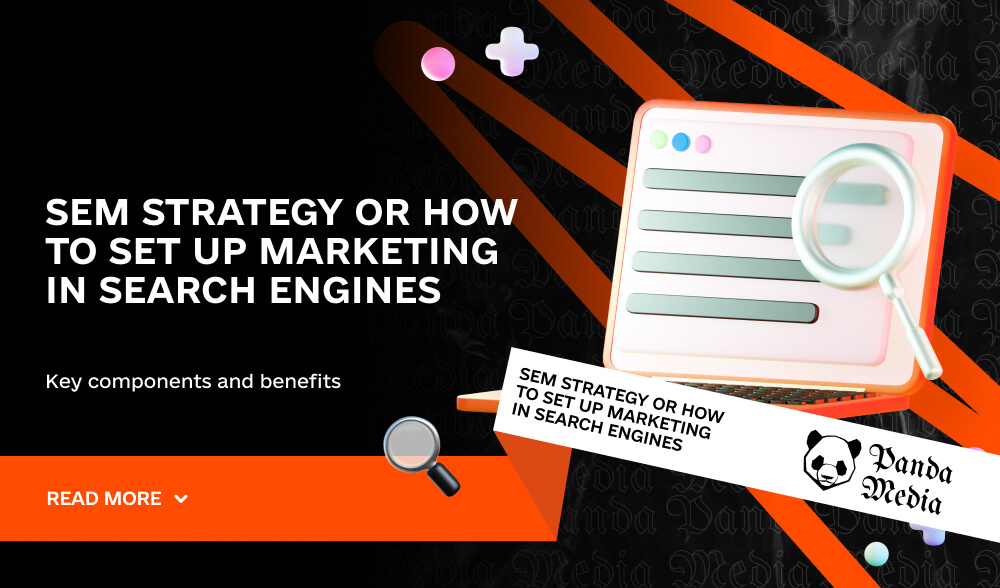Don't miss interesting news

Do you know what strategy is effective for attracting new customers and increasing brand awareness through search engines? It is called SEM. This strategy combines various tactics, including paid advertising (PPC) and search engine optimization (SEO), to help increase your site’s visibility in search results.
SEM is a set of marketing activities aimed at increasing the visibility of your website on search engine results pages (SERPs). Unlike SEO, which focuses on organic results, SEM includes paid ads that appear alongside organic results.
PPC is an online advertising model where advertisers pay every time someone clicks on their ad. Google Ads is the most popular platform for PPC. It allows you to target ads based on keywords, demographics, geography, and other factors.
Keywords are the basis of SEM campaigns. They can be short (for example, “sneakers”) and long (“buy red sneakers in Kyiv”). Choosing the right keywords determines how relevant your ads will be to users’ search queries.
It is important for SEM to create attractive ads that include relevant keywords and a call to action (CTA). Ads should be short but informative to make users want to click on them.
When a user clicks on your ad, they are taken to a landing page. It is important that this page is well optimized: it has a clear structure, meets the user’s request, and encourages them to take an action, such as purchase or subscription.
SEM is not a one-time campaign. It is important to constantly analyze the effectiveness of your ads, adjust keywords, change bids, and improve landing pages to increase your conversion rate (CR).
SEM is a powerful tool for achieving your business marketing goals. By choosing the right keywords, optimizing your ads, and constantly analyzing the results, you can significantly increase the visibility of your website, attract new customers, and increase sales.
Implement SEM into your marketing strategy and get a powerful tool to grow your business in the modern digital world.